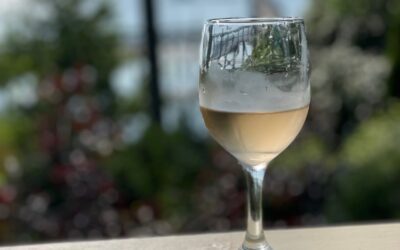Riesling is a very underrated wine. It has such versatility and range of styles, yet we forget about in favor of more popular varietals like Chardonnay or Sauvignon Blanc. I recently taught a WSET Level 2 class where Riesling was one of the topics and it reminded me that even I forget to choose this wine…which, by the way, goes incredibly well with spicy and Asian foods!
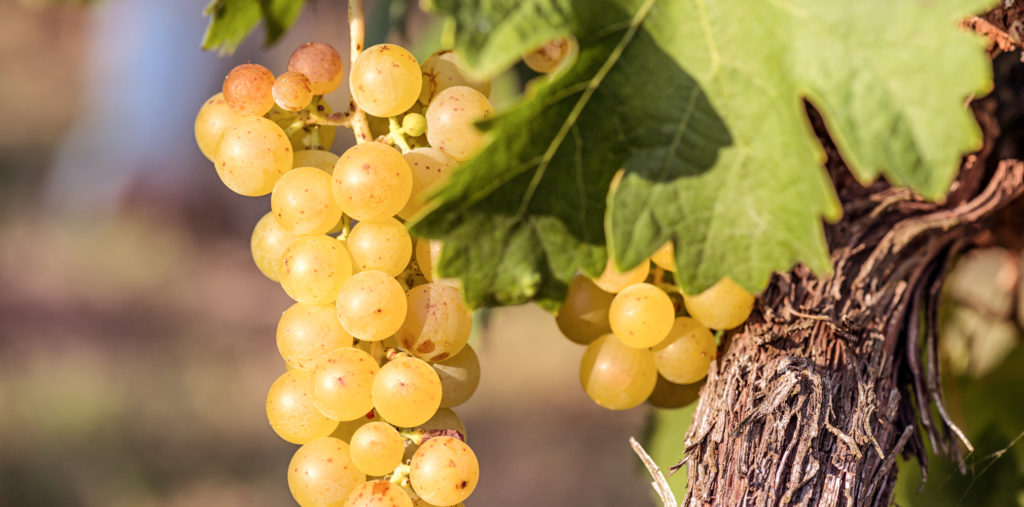
A quick overview of this interesting varietal
- Riesling is an aromatic white grape that is grown throughout the world but finds its highest expression in Germany.
- It has high acidity and can be light and refreshing or fuller bodied and luscious, balancing well against sweetness
- It grows well in cooler to moderate climates
- It is susceptible to botrytis, allowing it to be made into sweet wines that have long ageing potential

Depending in the time of harvest (regular or late, all the way to freezing the grapes on the vine) Riesling can have various levels of sweetness. We often associate this grape with off-dry styles, but with tastes going more to try you an find more of this type of wine on the shelves.
It can also have a wide variety of flavors depending on where it is grown (cooler versus moderate climates) and when it is harvested.
Cooler climates = green apple, lemon
Moderate climates = apricot, Meyer lemon
Warmer climates = lime, green papaya, tropical fruits
Some distinctive flavor components for Riesling are floral (honeysuckle or jasmine), petrol (gasoline) and beeswax, and sometimes there will be a little smoky aroma or what is called “wet stone”. Really, Riesling has some interesting aspects that are worth exploring!
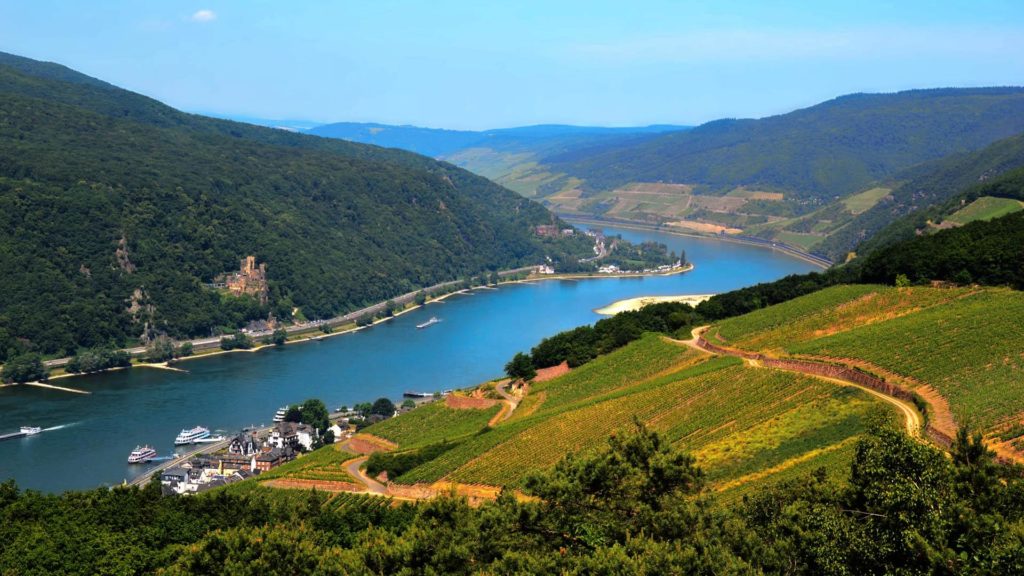
German Rieslings
Germany is the home of Riesling. The areas of the Mosel, Rheingau and the Pfalz are some of the best places to grow this variety and each has its own distinctive style…worth doing a comparison tasting to experience it for yourself. The Mosel region is above the 50-degree latitude, so extremely cool for grape growing, but because of the aspect of the slopes and the soils, the grapes are able to ripen with the limited amount of solar warmth the region experiences.
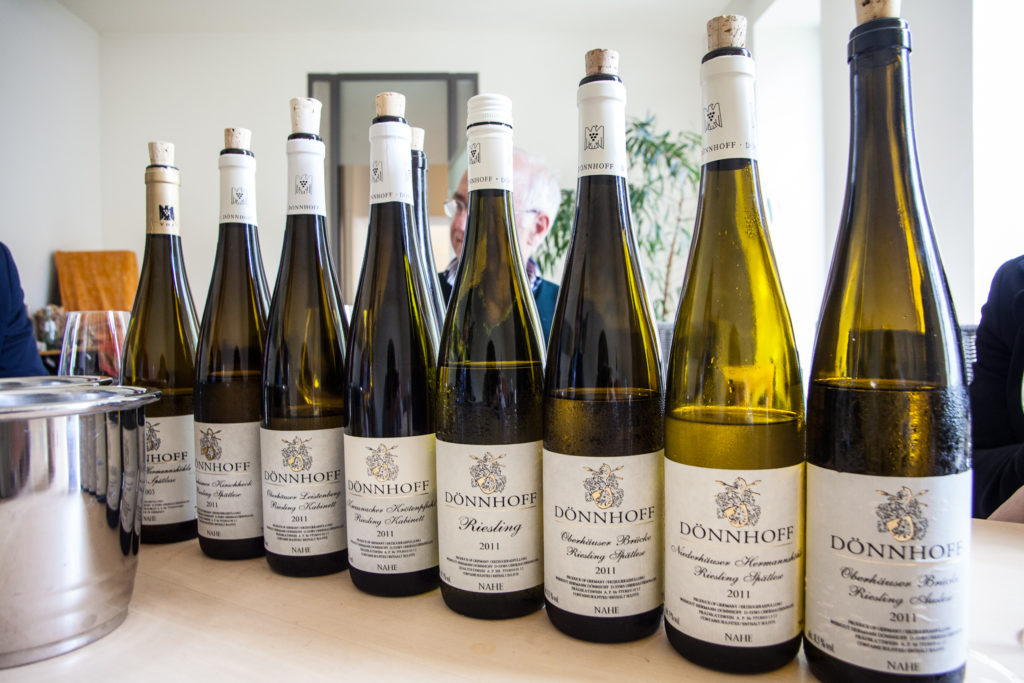
Because it can be difficult to determine the sweetness by the label, many German winemakers are putting a sweetness scale on the back label to help consumers. German labeling is complex, but if you see just Riesling or Kabinet on the bottle, it is more likely dry or off dry.
Late harvest (Spatlese) and selected harvest (Auslese) wines may have some residual sugar from the concentration in the grape and the winemaker stopping fermentation early. Ice wine (Eiswein) is always sweet, and quite an interesting experience as a dessert wine, and Beerenauslese and Trockenbeerenauslese wines are sweet as the sugars have been concentrated by noble rot.
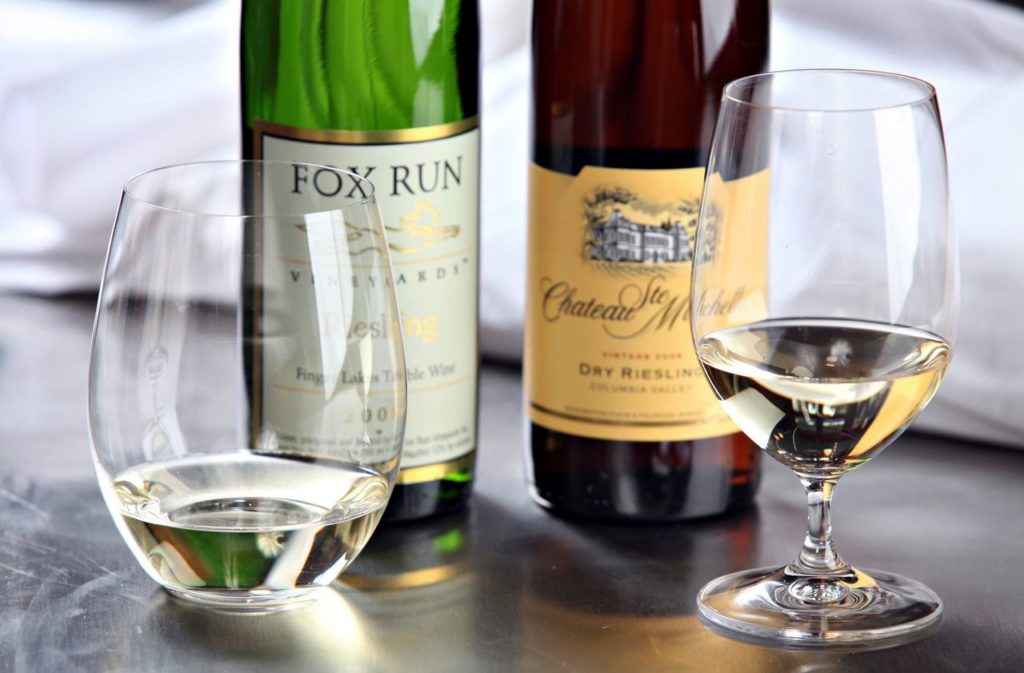
Riesling around the world
Riesling can be found around the globe, but the classic places for wine making are Germany and Alsace in France. You will also find some excellent wines from southern Australia, specifically the cooler areas of Clare and Eden Valleys. Some nice examples can be found from Washington State and California’s cooler areas. For a fun experiment, get bottles from a range of locations and in different styles, from dry to sweet, and compare. You’ll see that Riesling is so versatile – and such a great drinking wine – you’ll want to have it more often.
Cheers!


